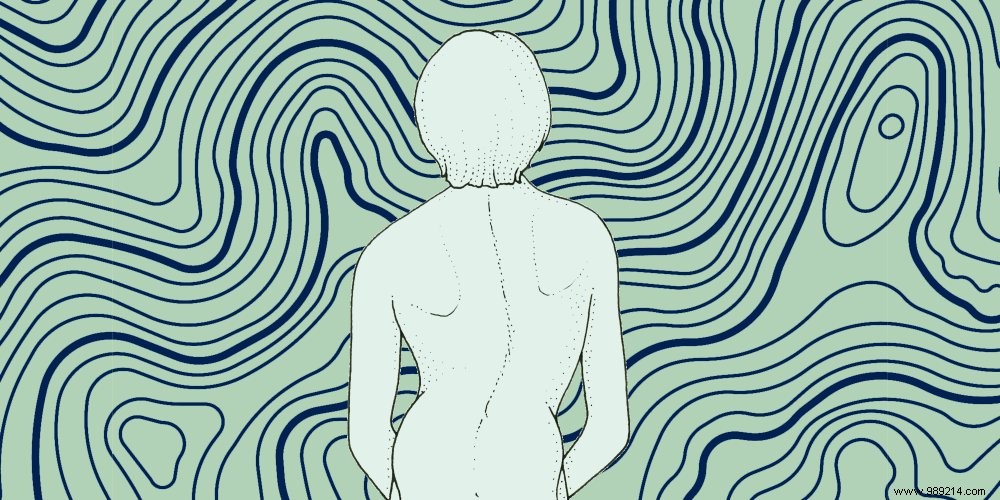 This deviation of the spine, linked to a rotation of the vertebrae, occurs especially during childhood or adolescence, but scoliosis can also appear in adulthood. Girls are eight times more affected than boys.
This deviation of the spine, linked to a rotation of the vertebrae, occurs especially during childhood or adolescence, but scoliosis can also appear in adulthood. Girls are eight times more affected than boys. Eight out of ten French people suffer or will suffer from back pain one day, three times more than 30 years ago. At issue:the modern way of life that encourages us to stay seated from morning to night. This increasing sedentary lifestyle is a calamity because "it generates incorrect anatomical positions to which the body is not adapted", notes Christophe Carrio, graduate of the American Academy of Sports Medicine and author of A body without pain (Ed. Thierry Souccar).
To maintain its balance, the body puts in place compensatory mechanisms. Hence the deviations of the column that cause pain. We then often speak of scoliosis because the spine has lost its beautiful symmetry, but that's a mistake!
Scoliosis is a permanent 3D deformation of the spine, of at least 10% with rotation of the vertebrae which displaces the ribs and creates a hump in the upper back. Its origin is partly genetic. Too heavy schoolbags and bad postures have absolutely nothing to do with it, contrary to popular belief. 2 to 3% of teenage girls are affected, without suffering more back pain than their peers.
True scoliosis can also appear after the age of 50 as a result of wear and tear on the spine . Women are more prone than men to these late scoliosis – increasing with the aging of the population – which cause severe low back pain. But in children and young adults, they do not seem to be more numerous than before.
Video of the day:When the column tilts only laterally, it is not a real scoliosis but a scoliotic attitude. These disorders are more numerous than before due to lack of physical activity, overweight, lack of sleep and poor daily postures. Unlike true scoliosis, this postural disorder can be treated by rehabilitation or the wearing of orthopedic insoles, in the event of unequal length between the legs, for example.
"A real scoliosis requires close monitoring to assess its development and prevent its aggravation", explains Dr. Laurence Mainard-Simard, radiologist at the University Hospital of Nancy. If it is stable and of moderate severity, no treatment is necessary.
But if the deformity gets worse, wearing a rigid corset is necessary, especially in adolescents whose growth is not complete. It has no corrective function but prevents the deformation from increasing. This treatment is restrictive in that the corset must be worn for a long time to be effective.
According to an American study from the University of Iowa, published in the New England Journal of Medicine , it must be worn at least 12 hours a day to stabilize scoliosis and avoid surgery in 75% of the most severe cases.
In adults, the orthopedic corset mainly reduces pain by keeping the spine in an adequate position. If the imbalance increases with age, organ compression or breathing difficulties are to be feared, not to mention the unattractiveness of the silhouette due to the sagging of the trunk. Surgery should then be considered, but only as a last resort.
Read also: